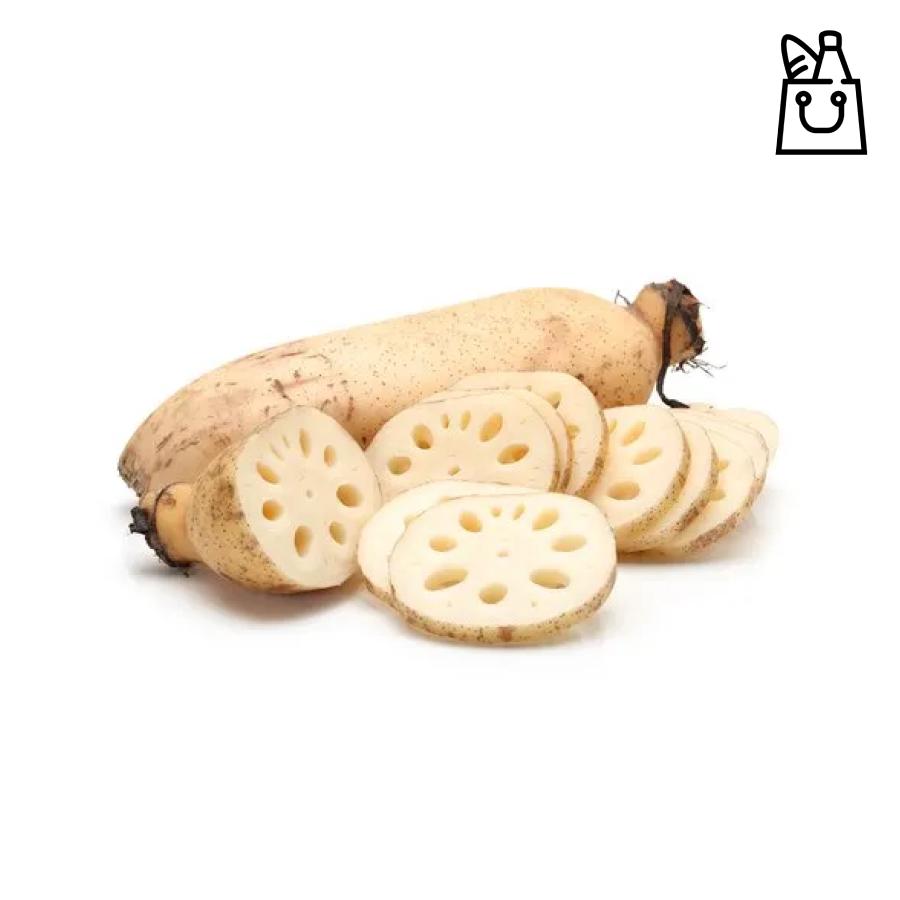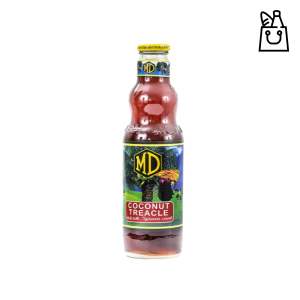- Appearance:
- Lotus root is the rhizome of the lotus plant and is characterized by its tubular, segmented structure.
- The outer skin is brown and rough, while the inner flesh is crisp and ivory-white. The cross-section of the root reveals a pattern of holes or chambers.
- Texture and Taste:
- Nelum Ala has a crisp and crunchy texture when raw, making it suitable for slicing and adding to salads or enjoyed as a fresh snack.
- When cooked, lotus root takes on a softer, slightly starchy texture. It absorbs flavors well and adds a unique element to various dishes.
- The taste is mild and slightly sweet, complementing both savory and sweet preparations.
- Culinary Uses:
- Nelum Ala is a versatile ingredient used in various Asian cuisines, including Chinese, Japanese, and Southeast Asian dishes.
- It can be stir-fried, sautéed, pickled, or added to soups and stews.
- Lotus root is often included in vegetable dishes and Asian hot pots.
- Nutritional Content:
- Lotus root is low in calories and a good source of dietary fiber, vitamins, and minerals, including vitamin C, vitamin B6, iron, and potassium.
- Cultural Significance:
- Lotus root holds cultural significance in some Asian cultures and is sometimes featured in symbolic or festive dishes.
- Medicinal Uses:
- In traditional medicine, lotus root has been associated with various health benefits, including improved digestion and respiratory health.
- Preparation:
- Before use, lotus root is typically peeled, sliced, and sometimes soaked in water to prevent discoloration.
- It can be enjoyed both raw and cooked, offering different textures and flavors based on the preparation.
Shopping Cart






Reviews
There are no reviews yet.